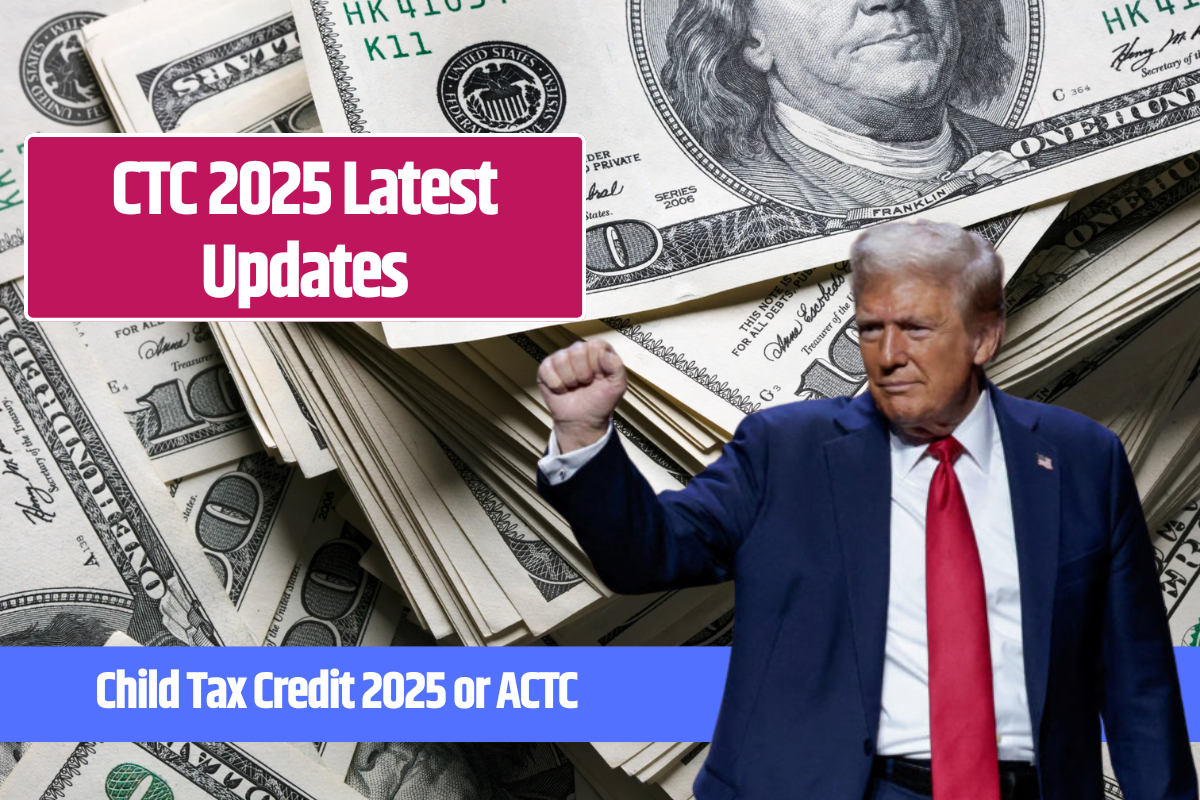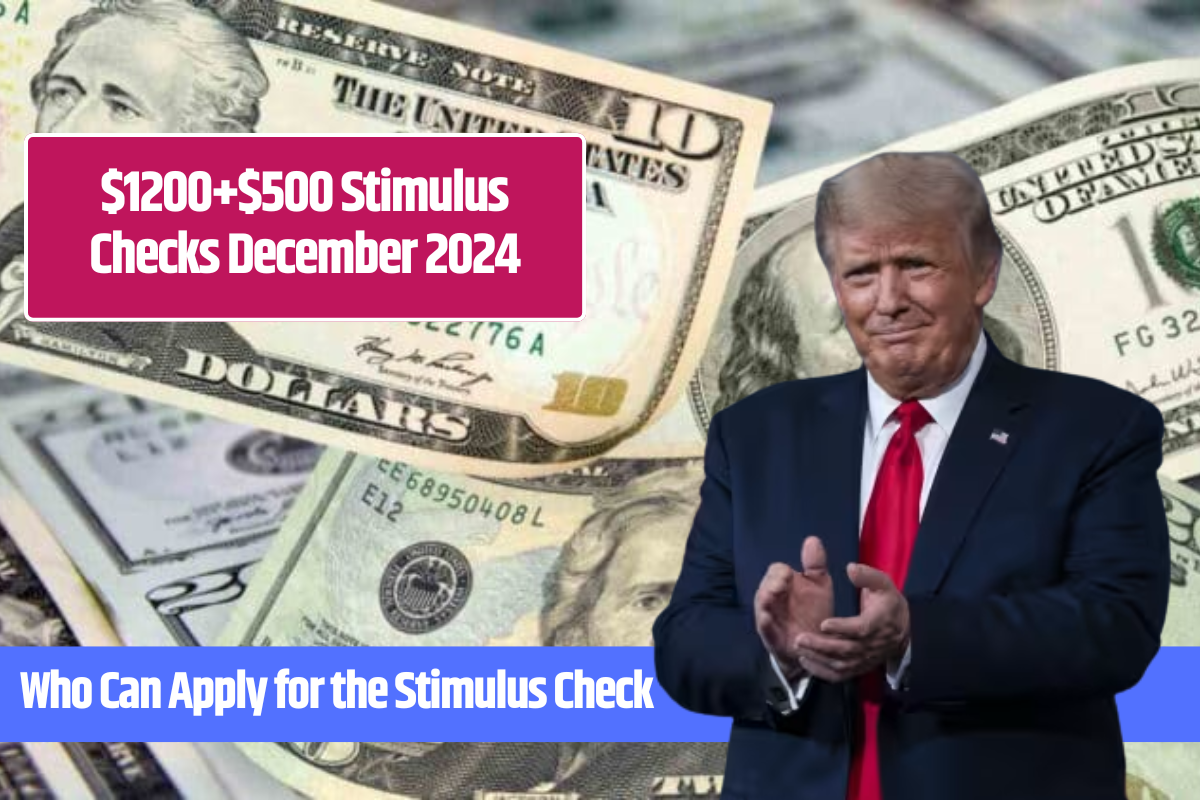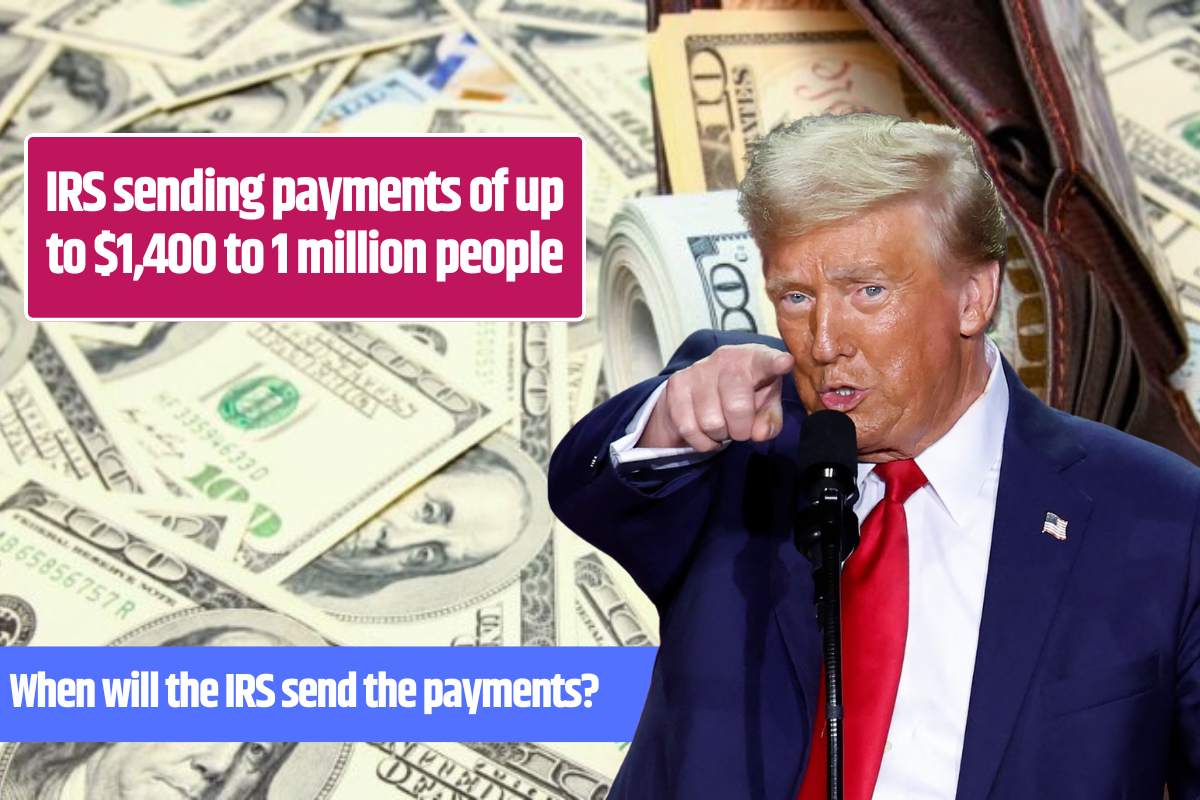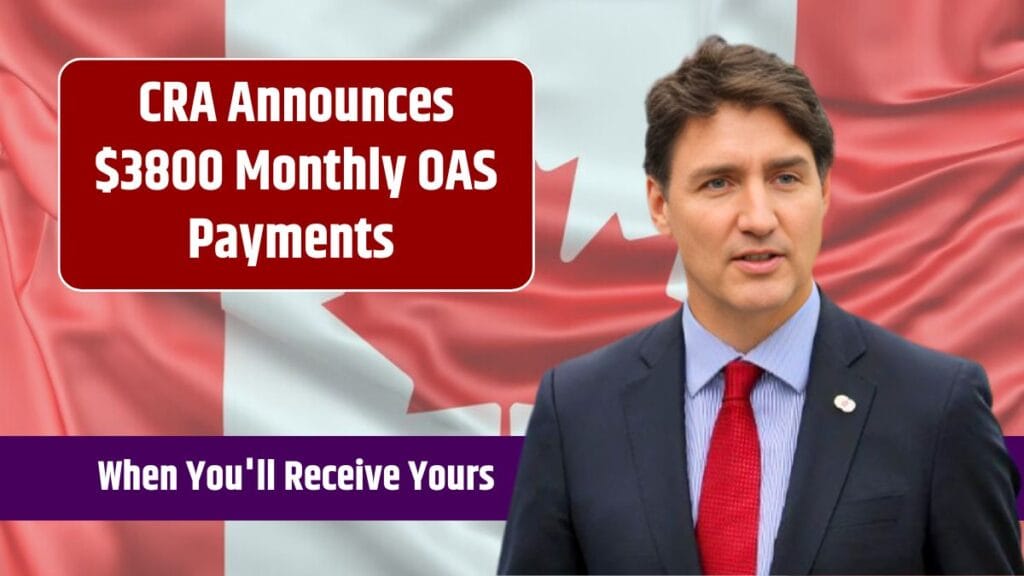In recent years, there has been a spike of disinformation about a $2,600 Stimulus Payment reportedly aimed to elderly folks in the US. This argument implies that those over the age of 65, as well as those who are handicapped or blind, are entitled to a financial boost from the government. This payment is mistakenly described as a step to assist people deal with the rising expense of living and the long-term impacts of the COVID-19 epidemic.
However, this information is not accurate. No such stimulus has been authorized or declared by any official government agency. Rumours about this payout have propagated mostly via social media channels, causing many people to believe it exists. To prevent disinformation from spreading, it is critical to investigate the sources of this misinformation, comprehend the official answers to these claims, and learn how to spot false reports.
$2,600 Stimulus Payment coming for Seniors?
The bogus allegation of a $2,600 stimulus payment for seniors has spread via many avenues, particularly on social media sites such as Facebook and X.com (previously Twitter). The disinformation has been designed to look trustworthy and appealing, frequently prompting well-meaning people to spread it extensively, therefore increasing its reach and effect.
The disinformation seems to be the result of intentionally produced material, most likely created by automated systems meant to generate clickbait headlines and articles. These stories are frequently not based on true reporting and are instead intended to increase attention to certain websites.
Once artificially created tales are published, they are often picked up and circulated on social media sites. The nature of these platforms allows for the quick transmission of information, regardless of its truth, making it easier for fraudulent claims to spread.
Official Response Regarding the $2,600 Stimulus Claim
In reaction to widespread disinformation concerning a $2,600 stimulus grant for seniors, official sources and fact-checking organizations addressed the issue and supplied factual information to the public.
The IRS has explicitly stated that no new stimulus payments have been approved beyond those already distributed under previous COVID-19 relief measures. IRS spokesman Anthony Burke emphasized that all Economic Impact Payments have been disbursed and urged the public to refer to the official IRS website for reliable information.
The AARP, a prominent group that represents the interests of senior Americans, has also verified that the reports of a new $2,600 stimulus payment are untrue. They have recommended elders to seek information from reliable sources and avoid believing spurious claims.
How to Identify and Avoid Misinformation
In today’s digital era, disinformation spreads swiftly, creating uncertainty and leading to poor judgments. It is critical to gain the capacity to judge the veracity of information, especially when dealing with sensitive matters such as stimulus payments. Here are some essential tactics for identifying and protecting against disinformation.
- Verify through official sources: Always check any claim through official government websites like irs.gov.
- Be sceptical of sensational claims: Extraordinary financial claims, especially those circulated on social media without clear sources, are often red flags.
- Fact-check using credible platforms: Utilize fact-checking websites that analyze and verify the validity of widespread claims and news.
Individuals may better defend themselves from falling victim to misleading claims by knowing the sources and features of disinformation, especially those relating to financial problems such as stimulus payments.














